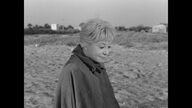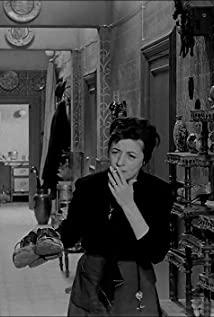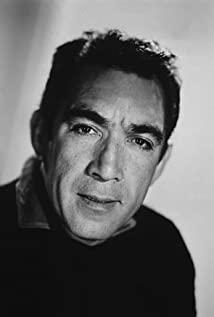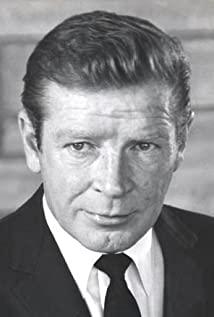The new reality film movement in Italy, because of its direct dialogue with aestheticist films, made this film movement with aesthetic conflict as its appearance, setting off a new wave of film worldwide, and clearly established new film principles, such as journalism and documentary. Sex, such as on-site shooting and non-professional actors. However, more than half a century after the New Reality Movement took place, we can also review the problems that the movement itself has engulfed. Especially, in a world that has experienced and is still suffering from terror and hatred, if reality is only used as the object of accusation, a symbol of poverty, and the audience in the entire film can hardly see the character’s love for reality itself. Love, then, where is the vitality of the narrative of suffering? In addition, completely ignoring the dramatic creative intentions will also cause an obvious drawback: losing the audience.
Fellini's "The Road" is a transformation. The approach of the New Reality Movement is to make political and economic observations of contemporary life, so as to allow people to reflect on life and protest against life. However, Fellini seems unwilling to continue on this established path. He is uncomfortable and is not good at looking at it from a historical perspective. To analyze the status quo of society, to some extent, he partly returned to the pre-war pursuit of mysticism and pure style. Therefore, the call of "Expulsion of Fellini from the New Reality Movement" has been sounding throughout his lifetime. Especially in the eyes of left-wing film critics, Fellini's "artistic style" is a kind of harm to "realism". . However, for this kind of "harm", Bazin believes that "in order to condemn this reality, there is no need to be malicious", because "the world is just a general existence before it should be condemned", and the great contribution of Italian cinema lies in it. Once again, realism in art is all first and foremost of profound aesthetics." Therefore, Bazin clearly stated that "the attempt to expel Fellini from neo-realism is absurd...His realism is always personal, just like the works of Chekhov or Dostoevsky." . Fellini himself also believes that it is consistent to go from the new reality classics of the 1940s to "The Road". On this issue, Bazin and Fellini together refuted the ultra-left film critics, thinking that they narrowed the new reality movement, narrowing a broad social art movement into "new", "society" and "realism." The consequence is to suffocate the new realistic movement. Regarding the slogan of the narrow leftist theorists, "The only effective and valuable film is to describe the people and things around you", Fellini fought back fiercely: "The new reality needs not only to embrace social reality, but also to embrace spiritual reality and metaphysical reality. All the reality that occurs in the human heart. In other words, everything can be realistic. I can't see a clear boundary between imagination and reality." Bazin later labeled Fellini's tendency as " "The new reality of man" shows that the new reality does not necessarily have to be confined to the scope of history and society.
With the development of the story, the social and historical aspects in the background became more and more blurred. Along the way, the audience, like Jelsomina, walked and walked along with Zambano’s mermaid car, roadside performances, wedding performances Fortunately, we can't see the local social characteristics. Even if we know that Gelsomina has arrived in Rome once, this Rome is surreal, and this surreal feature was also passed on to Gelsomina. The people Na met along the way, no matter whether it was a nun or a silly child on the hospital bed, were not like people in the world, and there was no new reality feature. In this way, Gersomina followed Zambano on a journey, because there is no road map, and there is no sense of time. The bloodshed that did not occur marked Fellini's correction of the new reality. In the past ten years, our eyes have been reddened by too much screen blood. Even if we watch "The Earth Was Fluctuating" and "The Bike Stealer", although many passages in the film are poetic, the hearts of the audience are always hanging. So, watching a movie feels a little bit sad, so Fellini's appearance is like Rilke's poem, "but there is a man who caught this kind of landing with his hands infinitely tenderly."
As a result, Fellini’s departure from the traditional theatrical structure shows a duality. On the one hand, his abandonment of melodramas allowed him to identify with the pioneers of new reality. On the other hand, when he abandoned melodramas, he did not look like a standard. The author of the new reality film started with news reports and social issues to adjust the focus, Fellini turned to psychological reality, and this shift inherently included Fellini’s attitude towards the new reality movement, and also stipulated the direction of his later films. . From the perspective of "The Road", Ivry's generalization of Fellini's "phenomenological realism" is indeed accurate, but this kind of phenomenological realism, in Fellini's later films, "phenomenology" will If it is strengthened, realism will weaken, and clues will appear between the "two roads" in "Big Road".
View more about La Strada reviews











